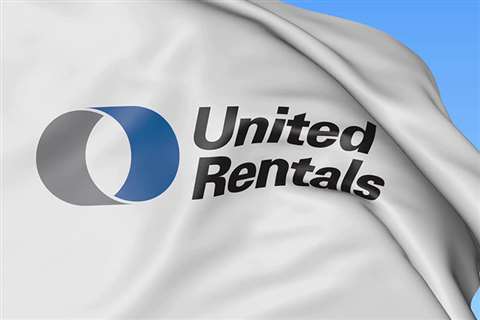United Rentals to lower debt ratios
03 June 2019
United Rentals is changing its capital allocation strategy, lowering its target leverage ratio to between 2.0 and 3.0 from the 2.5 - 3.5 range used previously. United said the evolution of its business and its “durable cash flow” gave it the opportunity to support its growth initiatives while reducing leverage.
The company expects to end the year with a net leverage ratio of approximately 2.5, which compares to 2.9 on 31 March this year. The ratio is calculated as total debt (net of cash) divided by adjusted EBITDA.
United has in the past used its leverage range over the business cycle, with higher debt ratios during the trough of the market and the lower ratios at the peak. (Maximum capital expenditure typically takes place during the mid-cycle, with CapEx reducing as the market peaks and then declines.)

Matthew Flannery, CEO of United Rentals, said, “Over the last decade our capital allocation strategy has served our company and our investors well. This change is consistent with other actions we’ve taken to deploy our capital with a balanced approach to grow our business, enhance our cash flows and improve financial flexibility.
“The evolution of our business, and the resulting durable cash flow, provides us the further opportunity to both fully support our growth initiatives and reduce our financial leverage.”
Jessica Graziano, the company’s CFO, said, “We remain focused on exercising strong capital stewardship to drive sustainable shareholder value. Today’s announcement reflects the culmination of an extensive six-month review of our capital allocation strategy.
“We expect this change in leverage to lower our beta and potentially unlock value for our shareholders without hindering our ability to continue to invest in growth.”
United reaffirmed its 2019 financial guidance and said it was committed to completing its current US$1.25 billion share repurchase program.




